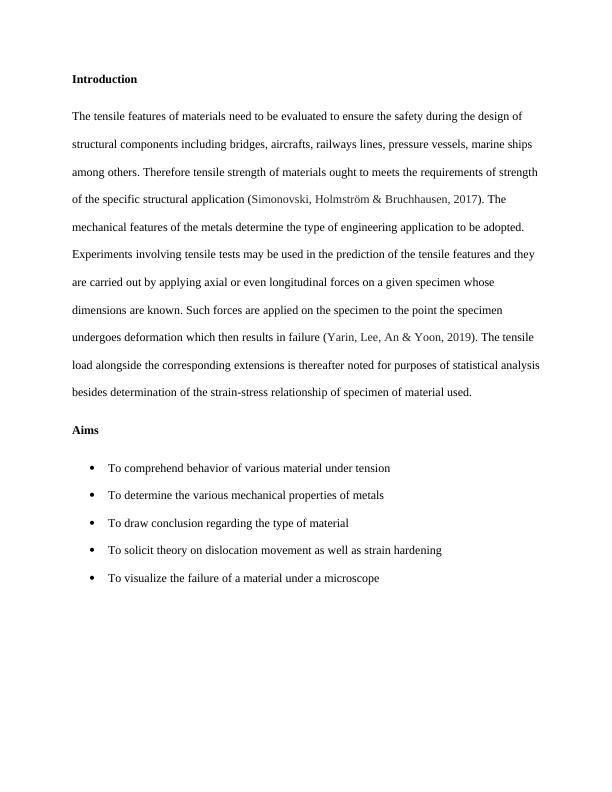Materials Engineering Analysis 2022
To understand the behaviour of different materials under tension and determine mechanical properties of metals through tensile testing.
9 Pages1330 Words21 Views
Added on 2022-09-13
Materials Engineering Analysis 2022
To understand the behaviour of different materials under tension and determine mechanical properties of metals through tensile testing.
Added on 2022-09-13
ShareRelated Documents
End of preview
Want to access all the pages? Upload your documents or become a member.



